News
Tokenism, Coding, Baiting, and a Few Other Things LGBTQ Horror Fans are Over, Part 3
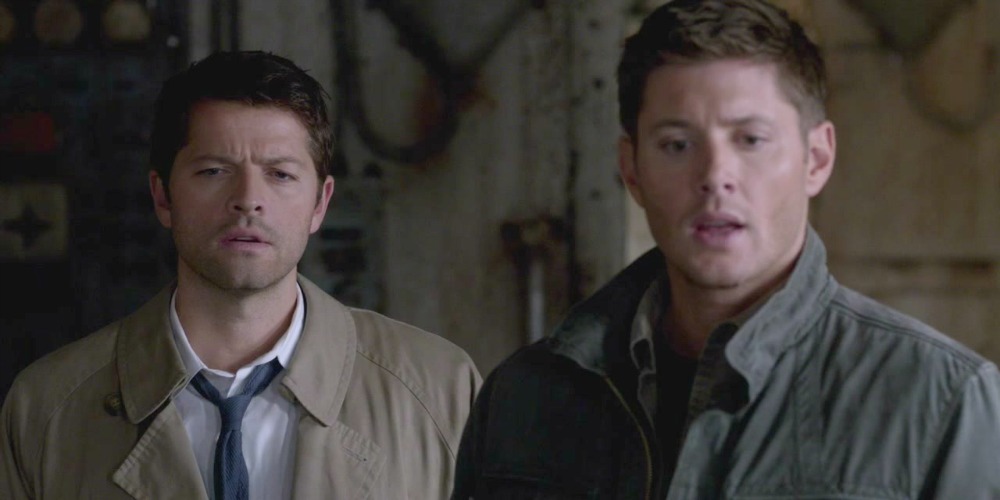
Hello readers, and welcome back to the third chapter of this editorial series. Previously, we’ve covered tokenism and queer-coding which brings us to our final phase with queer-baiting.
What is queer-baiting? I’m so glad you asked!
Queer-baiting exists somewhere in the ether between tokenism and queer-coding. It happens when writers, directors, etc. hint at the inclusion of a queer relationship–in some cases for years–without ever actually following through. While it might make for some wildly inventive fan fiction, and I never discount the fan fiction, it often does little to advance the story, and ends up frustrating queer audiences.
It has also come to encompass companies who, in their advertising and marketing, actually tell us that a specific character is going to be queer only to not follow through at all or by giving its queer audience a crumb of representation in the film or series.
A prime example outside of horror that brought on huge debate in recent years came about when Walt Disney announced that in its live-action remake of Beauty and the Beast, the character LeFou would be revealed to be gay.
It was an interesting announcement that garnered immediate backlash by conservatives with the same stale argument of protecting children from perversity, blah, blah, blah. Meanwhile, the queer community was ready to turn out in droves to see a character that had previously been heavily coded as gay with an obvious attraction to Gaston finally come out of the closet.
What we got for all our dollars and the empty promises of the studio was more coding and about 2.5 seconds of LeFou dancing with a man at the very end of the film. Woo, that was big representation! Ugh…

Within the genre, queer-baiting seems to have especially flourished on television where writers, producers, and directors might spend multiple seasons building tension between two characters via looks, situations, and coded endearments in order to keep the queer audience hooked with the intention of never following through.
But is it that intentional? Could it be that queer-baiting is simply a symptom of a larger issue, i.e. a lack of queer representation stemming from the lack of diversity in the writer’s rooms?
Let’s take a look at some examples.
The CW’s Supernatural has been accused of queer-baiting for years, now, over its depiction of Dean Winchester (Jensen Ackles) and the angel Castiel (Misha Collins), and to an extent I would agree that they’ve fallen into the trap, but what’s more interesting to me is how they got there.
This show has never really had a woman on the roster as a series regular. Multiple women have had recurring roles predominantly as one or a combination of the four basic Supernatural women stereotypes: maternal stand-ins, love interests, villains, or cannon fodder.
The show, from its inception, was so focused on the relationship between brothers Sam (Jared Padalecki) and Dean, that those women soon fell to the wayside.

When Castiel was first introduced, he was meant for a three-episode arc to transition from one season to the next and expand the mythology of the series to include the angels. Showrunners, however, noticed an instant chemistry between Ackles and Collins and when the audiences reacted positively the contract was expanded, then expanded again, until he was elevated to series regular.
In the absence of women, and in response to some clear coding that Dean might be bisexual in advance of Castiel’s arrival, queer audiences began to latch on to what they saw going on between the two characters. The showrunners saw this and whether intentionally or no began adding little layers to the two characters.
The men would stand just a little closer than we were used to seeing two straight men stand. They would linger when looking at each other then look away awkwardly. They supported each other emotionally. Some have read this as an answer to toxic masculinity, but others point out that this show abounds with that very trait.
It seems that, lacking a strong female lead, which lets face it on a show like this would easily end up in a romantic relationship eventually, the writers began to play upon the relationship between the two men instead.
As the show is entering its final season, it seems unlikely that there will ever be follow-through on all that tension and chemistry. They have, however, gone so far to recognize that people think it, have tuned in for it, have written fan fiction about it (check out episode 200 if you don’t believe me), and have been more than happy to capitalize on it, and that to me feels intentional.
Leaving behind the CW, allows us to step over to MTV’s Teen Wolf. Now, before you say anything, yes, the series had a ton of openly queer characters. From almost the first episode, we knew that Danny Mahealani (Keahu Kahuanui) was gay and the series introduced a handful more throughout its run–almost all of them male.
So, why, with the presence of all of these out and, mostly, proud secondary queer characters, did the series’ writers feel the need to play up a coded relationship between Stiles (Dylan O’Brien) and Derek (Tyler Hoechlin)?
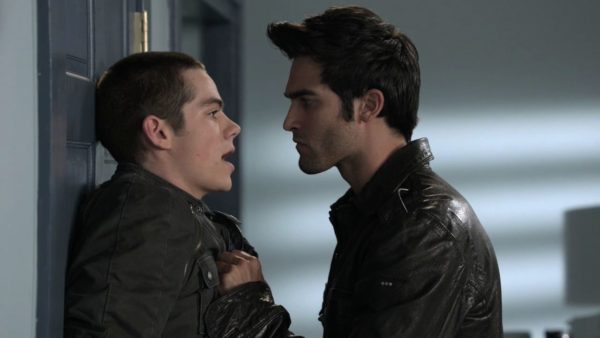
It seemed that every time the two shared the screen there were double entendres falling out of both of their mouths so fast it was hard to catch them all. Moreover, the showrunners capitalized on this relationship every chance they got even sending out a promotional video with the two actors lying in bed together when they were up for an audience choice award.
Saddest of all, however, is that many of the shows viewers bought into the possibility and again the fan fiction abounded which only spurred the creators and writers on.
In this instance, the queer-baiting seems not only intentional, but actually somewhat mean-spirited. It played upon the desire of every queer person to see themselves as the center of a story, one of the main players, rather than secondary.
Now, when I bring this topic up, someone almost always points to the Bryan Fuller series Hannibal. However, here, while there is a massive amount of homoerotic subtext going on between Will and Hannibal, I don’t think anyone really ever expected them to become romantically or sexually involved.
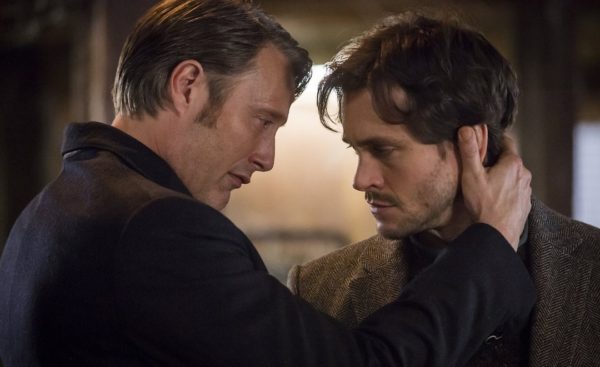
Hannibal is ultimately a sensualist, and Mads Mikkelsen plays that sensualism to the hilt. His response to music, textures, flavors, and scents are heightened which also heightens his reactions to those who are his prey or those whom he considers a worthy, though obviously less equipped, opponent.
Hugh Dancy’s Will was a little bit of both in the series, and while this homoerotic subtext certainly added to the tension of their ongoing game of cat-and-mouse, it was never meant to be anything more than just that.
Now, lest you think this only happens between male characters, you’d be wrong. However, especially since the 1970s woman on woman pairings have been much more overt because of the titillation factor.
By this, I mean that the sexualization and objectification of women to draw in the male demographic goes up by a factor of at least ten when more than one woman becomes involved in that scenario. Meanwhile, with men, the fear is that interest will go the other way entirely, clearly and always discounting the queer audience in decision making.
However, even on shows like Buffy the Vampire Slayer which boasted one of television’s first openly lesbian couples, there was still a clearly coded flirtation between Buffy and alternative-slayer bad girl Faith, mostly from Faith’s POV who was coded as bisexual, that bordered on queer-baiting.
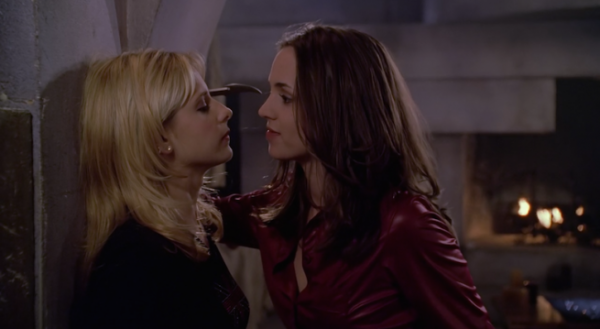
Isn’t it funny how many of these character interactions are based on power struggle?
Look, the fact is, as I’ve tried to impress upon you in this series, much like with people of color and other marginalized groups, the genre has never fully embraced the queer community. We have been coded; we have been tokens. We have been baited, and yet we are still here.
We still watch the films and the TV series. We still read into that entertainment through the queer lens because we love this genre, and we have learned to live on crumbs rather than the full meals we desire.
But it is 2019, and it is time that we ask for more. It’s time that our voices are heard.
Certainly we understand that we cannot demand that queer characters be present in every single horror film and television series. That kind of inclusion only leads to problems of a different sort, but if one in every eight horror films portrayed a normalized queer character then we would have a good place from which to grow.
And there are series and movies right now leading the way. One only has to turn on Chilling Adventures of Sabrina or tune into the work of filmmakers like Erlingur Thoroddsen, Christopher Landon, or any number of filmmakers I’ve interviewed and presented in the Horror Pride Month series in the last two years to see that this foundation is being laid.
To my straight readers who may have scoffed, if they’ve even read this far, I would ask you to go back to the first article in this series and re-read the beginning. Imagine never seeing yourself on the screen in the genre of films you love.
Imagine being left out or constantly coded as a monster, and remember this: For better or for worse, movies and media help shape our perceptions of who we are. They are a lens through which we view the world and ourselves, and for some of us, they have not been kind.
Furthermore, queer-baiting like the other topics we’ve discussed would not be nearly as harmful if we had more normalized representation to point to as well.
To all of my queer family, I say there is hope, but we must not let those glimmers of hope make us complacent. When we see bad representation, we have every right to call that out. When we see negative stereotypes, we must say “no” loudly and clearly, and we must ask our allies to stand up with us and do the same.
'Civil War' Review: Is It Worth Watching?
Follow our new YouTube channel "Mysteries and Movies" here.

News
Watch ‘The Burning’ At The Location Where It Was Filmed
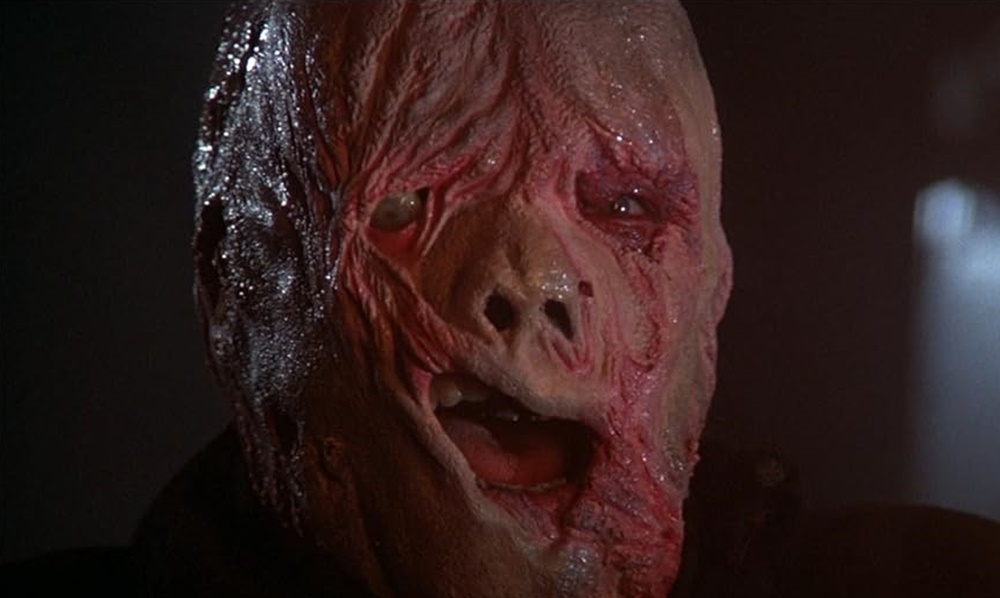
Fangoria is reporting that fans of the 1981 slasher The Burning will be able to have a screening of the film at the location where it was filmed. The movie is set at Camp Blackfoot which is actually the Stonehaven Nature Preserve in Ransomville, New York.
This ticketed event will take place on August 3. Guests will be able to take a tour of the grounds as well as enjoy some campfire snacks along with the screening of The Burning.
The film came out in the early ’80s when teen slashers were being churned out in magnum force. Thanks to Sean S. Cunningham’s Friday the 13th, filmmakers wanted to get in on the low-budget, high-profit movie market and a casket load of these types of films were produced, some better than others.
The Burning is one of the good ones, mostly because of the special effects from Tom Savini who had just come off of his groundbreaking work on Dawn of the Dead and Friday the 13th. He declined to do the sequel because of its illogical premise and instead signed on to do this movie. Also, a young Jason Alexander who would later go on to play George in Seinfeld is a featured player.
Because of its practical gore, The Burning had to be heavily edited before it received an R-rating. The MPAA was under the thumb of protest groups and political bigwigs to censor violent films at the time because slashers were just so graphic and detailed in their gore.
Tickets are $50, and if you want a special t-shirt, that will cost you another $25, You can get all the information by visiting the On Set Cinema webpage.
'Civil War' Review: Is It Worth Watching?
Follow our new YouTube channel "Mysteries and Movies" here.
Movies
‘Longlegs’ Creepy “Part 2” Teaser Appears on Instagram
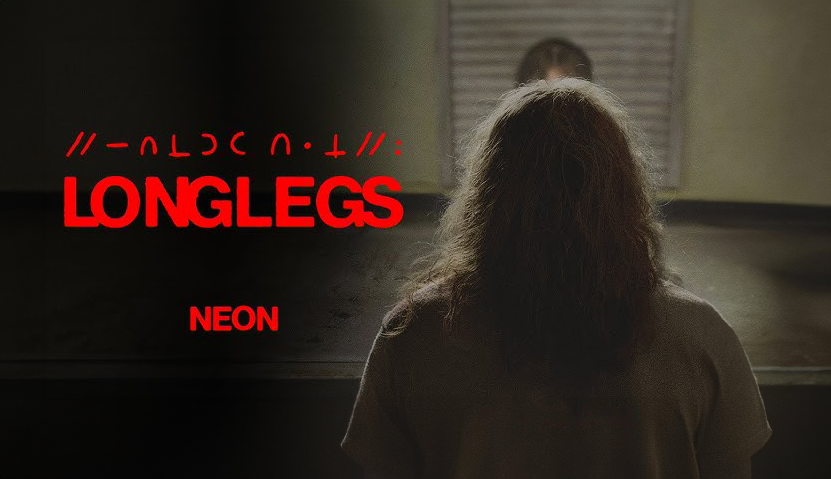
Neon Films released an Insta-teaser for their horror film Longlegs today. Titled Dirty: Part 2, the clip only furthers the mystery of what we are in for when this movie is finally released on July 12.
The official logline is: FBI Agent Lee Harker is assigned to an unsolved serial killer case that takes unexpected turns, revealing evidence of the occult. Harker discovers a personal connection to the killer and must stop him before he strikes again.
Directed by former actor Oz Perkins who also gave us The Blackcoat’s Daughter and Gretel & Hansel, Longlegs is already creating buzz with its moody images and cryptic hints. The film is rated R for bloody violence, and disturbing images.
Longlegs stars Nicolas Cage, Maika Monroe, and Alicia Witt.
'Civil War' Review: Is It Worth Watching?
Follow our new YouTube channel "Mysteries and Movies" here.
News
Exclusive Sneak Peek: Eli Roth and Crypt TV’s VR Series ‘The Faceless Lady’ Episode Five
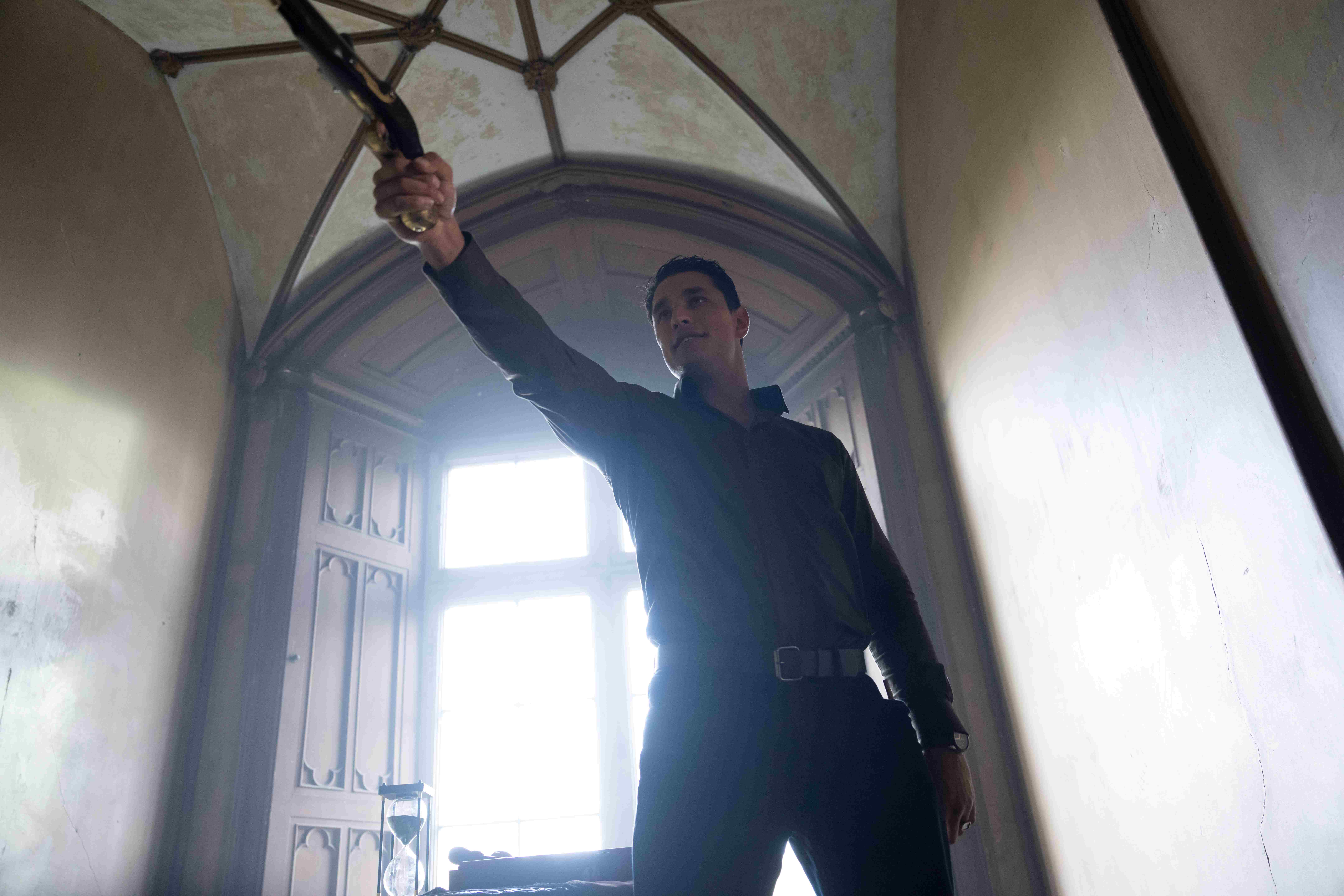
Eli Roth (Cabin Fever) and Crypt TV are knocking it out of the park with their new VR show, The Faceless Lady. For those unaware, this is the first fully scripted VR horror show on the market.
Even for masters of horror like Eli Roth and Crypt TV, this is a monumental undertaking. However, if I trust anyone to change the way that we experience horror, it would be these two legends.

Ripped from the pages of Irish folklore, The Faceless Lady tells the story of a tragic spirit cursed to wander the halls of her castle for all of eternity. However, when three young couples are invited to the castle for a series of games, their fates may soon change.
So far, the story has provided horror fans with a gripping game of life or death that doesn’t look as if it will slow down in episode five. Luckily, we have an exclusive clip that may be able to satiate your appetites until the new premiere.
Airing on 4/25 at 5pmPT/8pmET, episode five follows our final three contestants in this wicked game. As the stakes are raised ever higher, will Ella be able to fully awaken her connection with Lady Margaret?
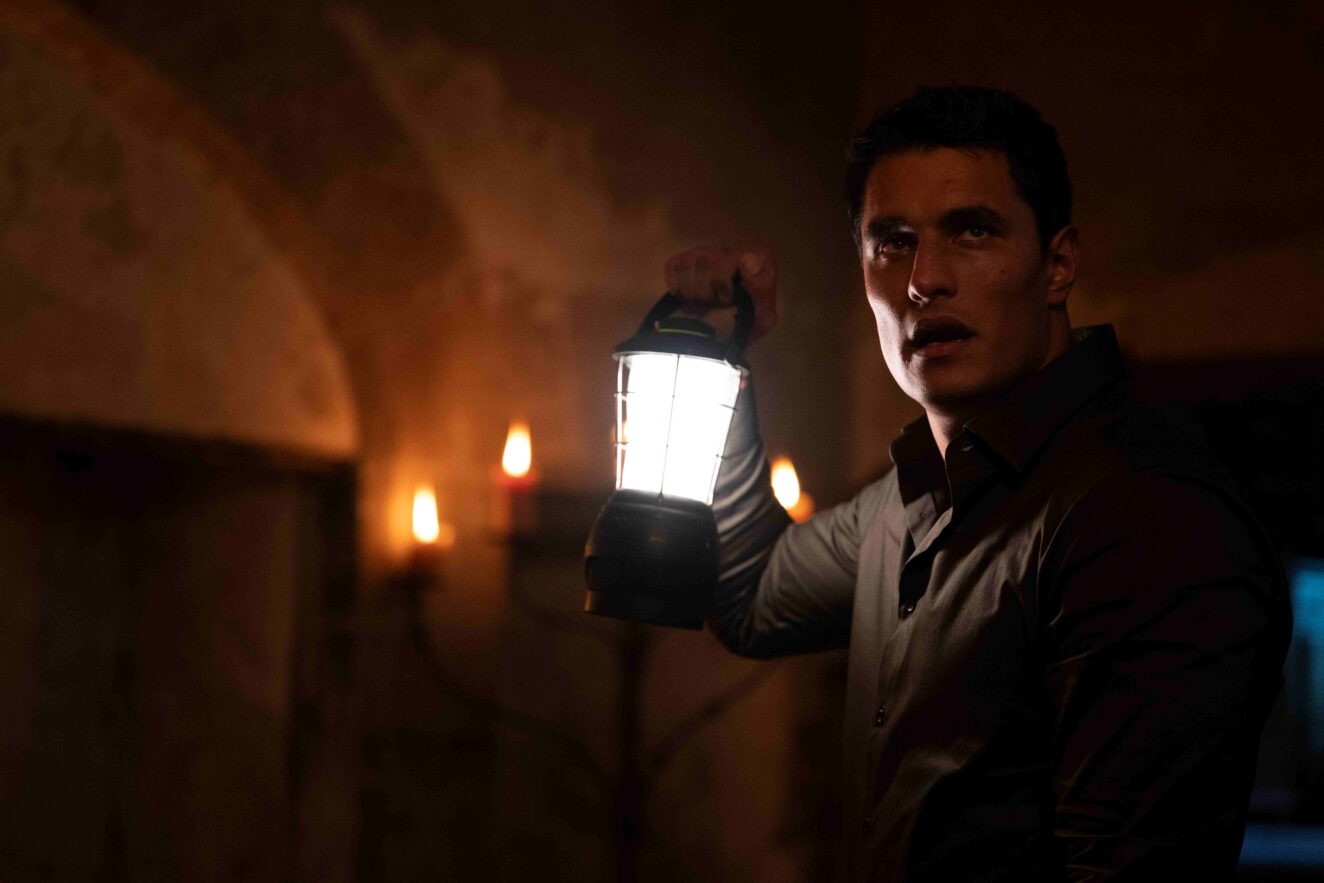
The newest episode can be found on Meta Quest TV. If you haven’t already, follow this link to subscribe to the series. Make sure to check out the new clip below.
Eli Roth Present’s THE FACELESS LADY S1E5 Clip: THE DUEL – YouTube
'Civil War' Review: Is It Worth Watching?
Follow our new YouTube channel "Mysteries and Movies" here.
-

 News6 days ago
News6 days agoWoman Brings Corpse Into Bank To Sign Loan Papers
-

 News5 days ago
News5 days agoBrad Dourif Says He’s Retiring Except For One Important Role
-

 Strange and Unusual5 days ago
Strange and Unusual5 days agoMan Arrested for Allegedly Taking a Severed Leg From Crash Site And Eating It
-

 Movies6 days ago
Movies6 days agoPart Concert, Part Horror Movie M. Night Shyamalan’s ‘Trap’ Trailer Released
-

 Movies6 days ago
Movies6 days agoAnother Creepy Spider Movie Hits Shudder This Month
-

 Editorial5 days ago
Editorial5 days ago7 Great ‘Scream’ Fan Films & Shorts Worth a Watch
-
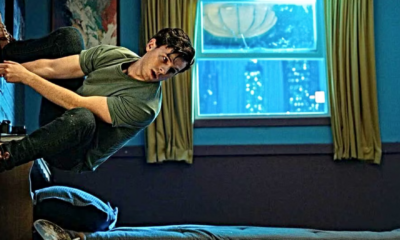
 Movies4 days ago
Movies4 days agoSpider-Man With a Cronenberg Twist in This Fan-Made Short
-

 News4 days ago
News4 days agoOriginal Blair Witch Cast Ask Lionsgate for Retroactive Residuals in Light of New Film
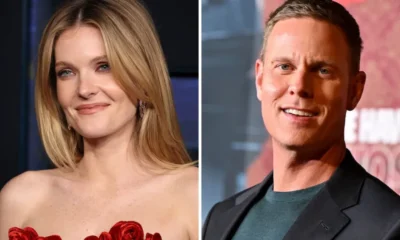

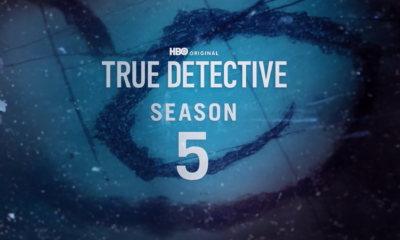

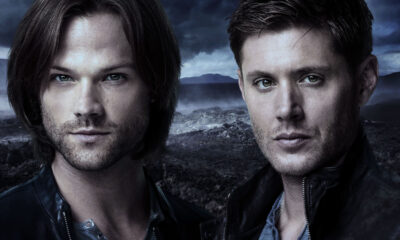





















You must be logged in to post a comment Login